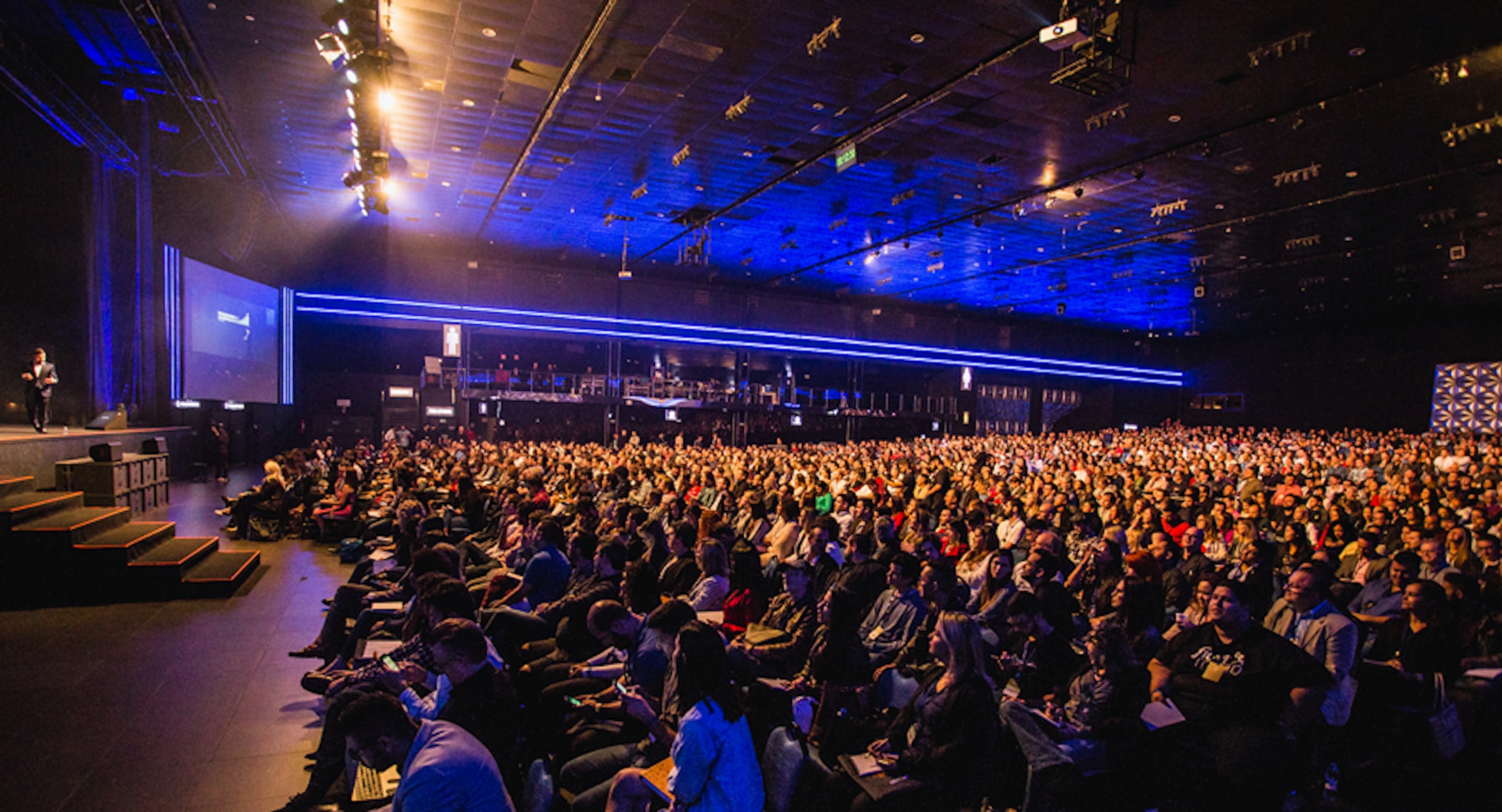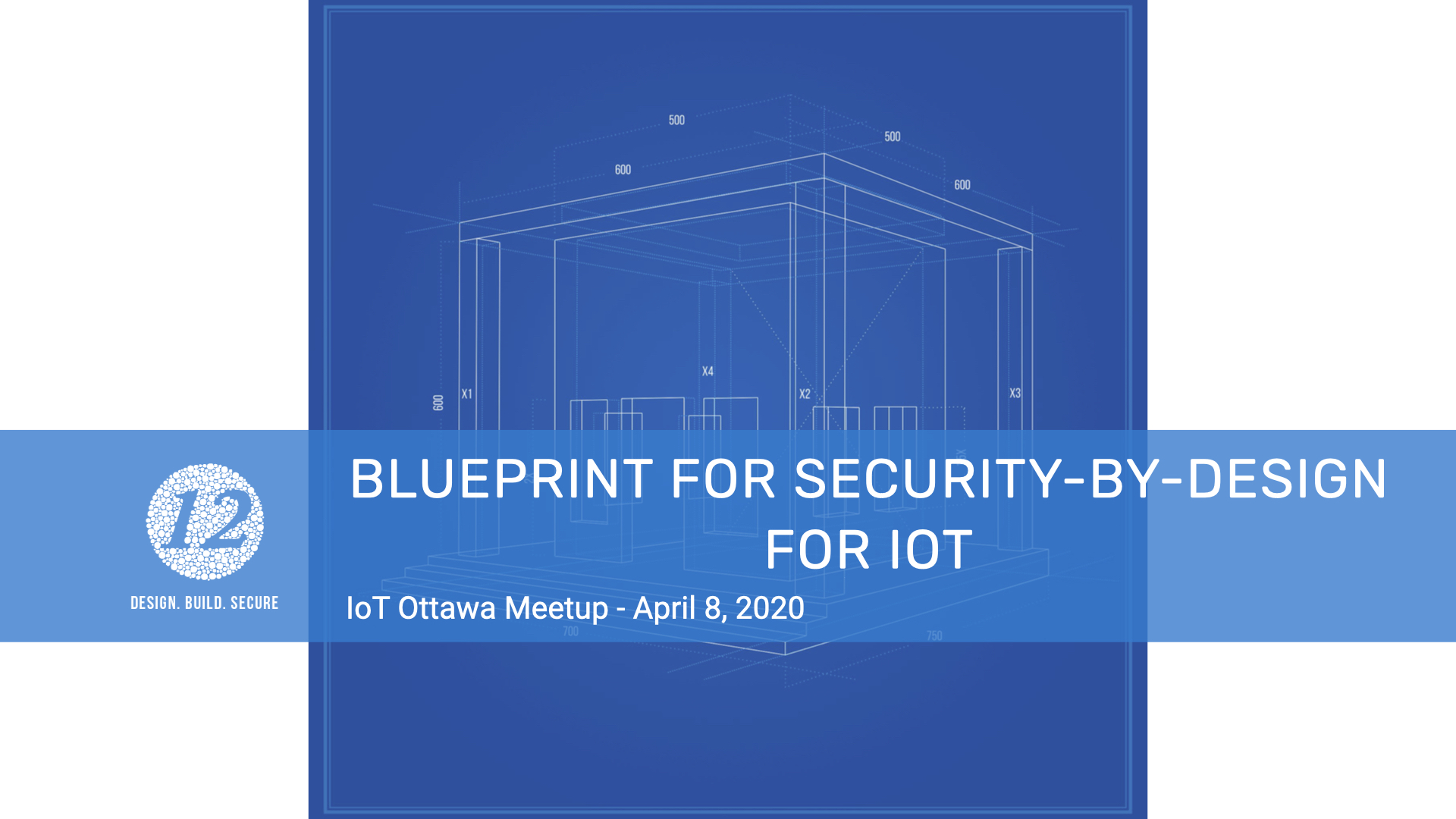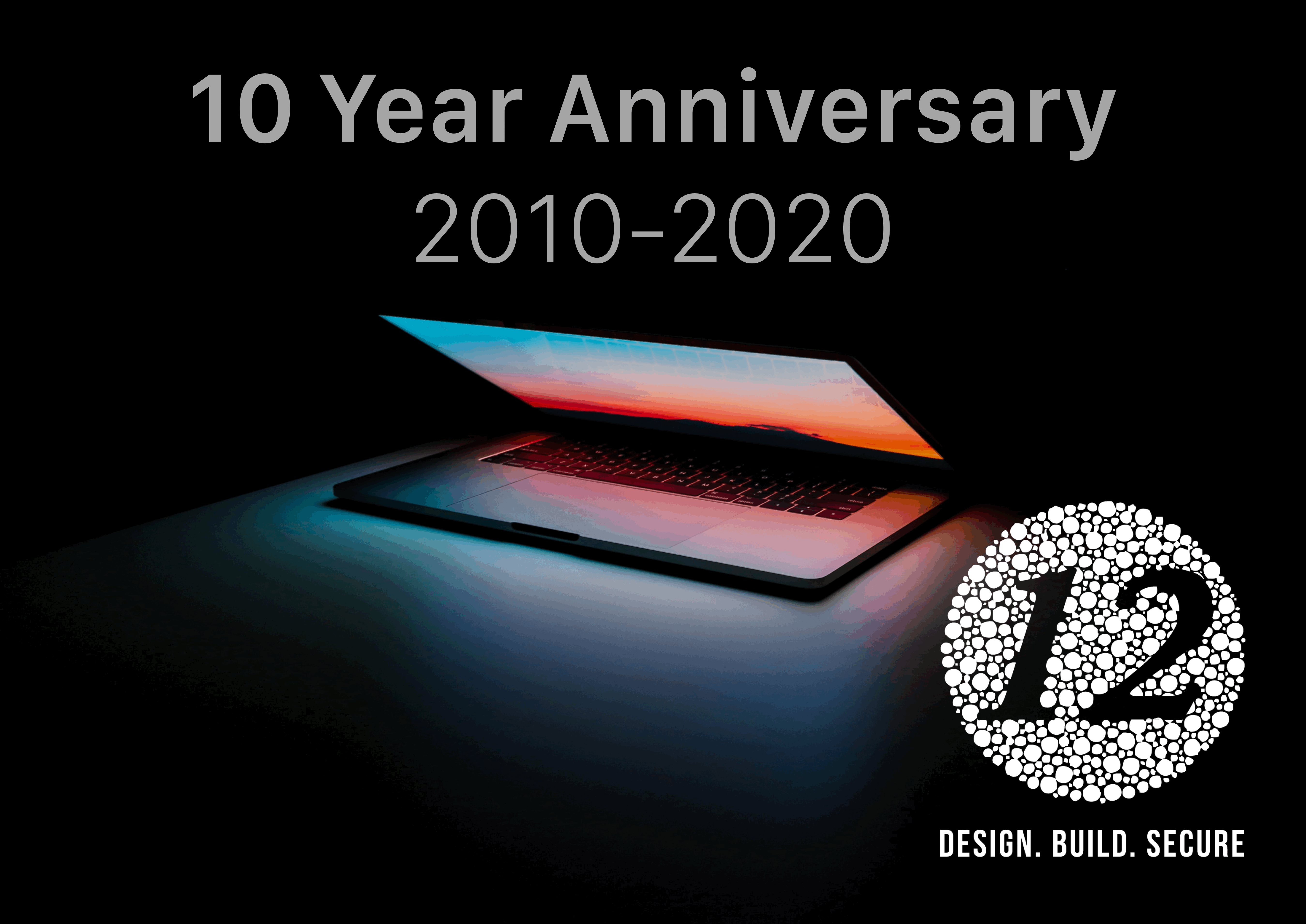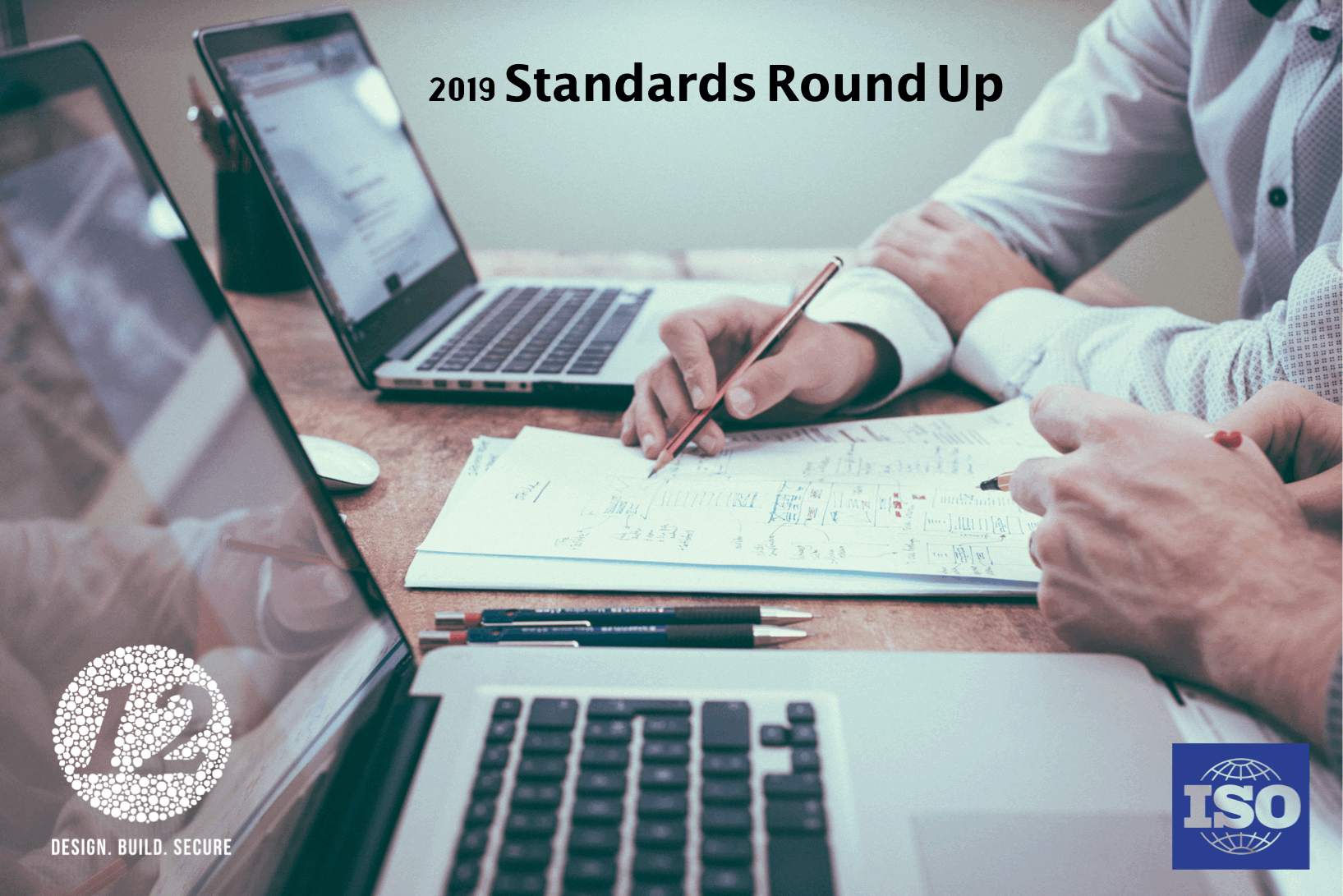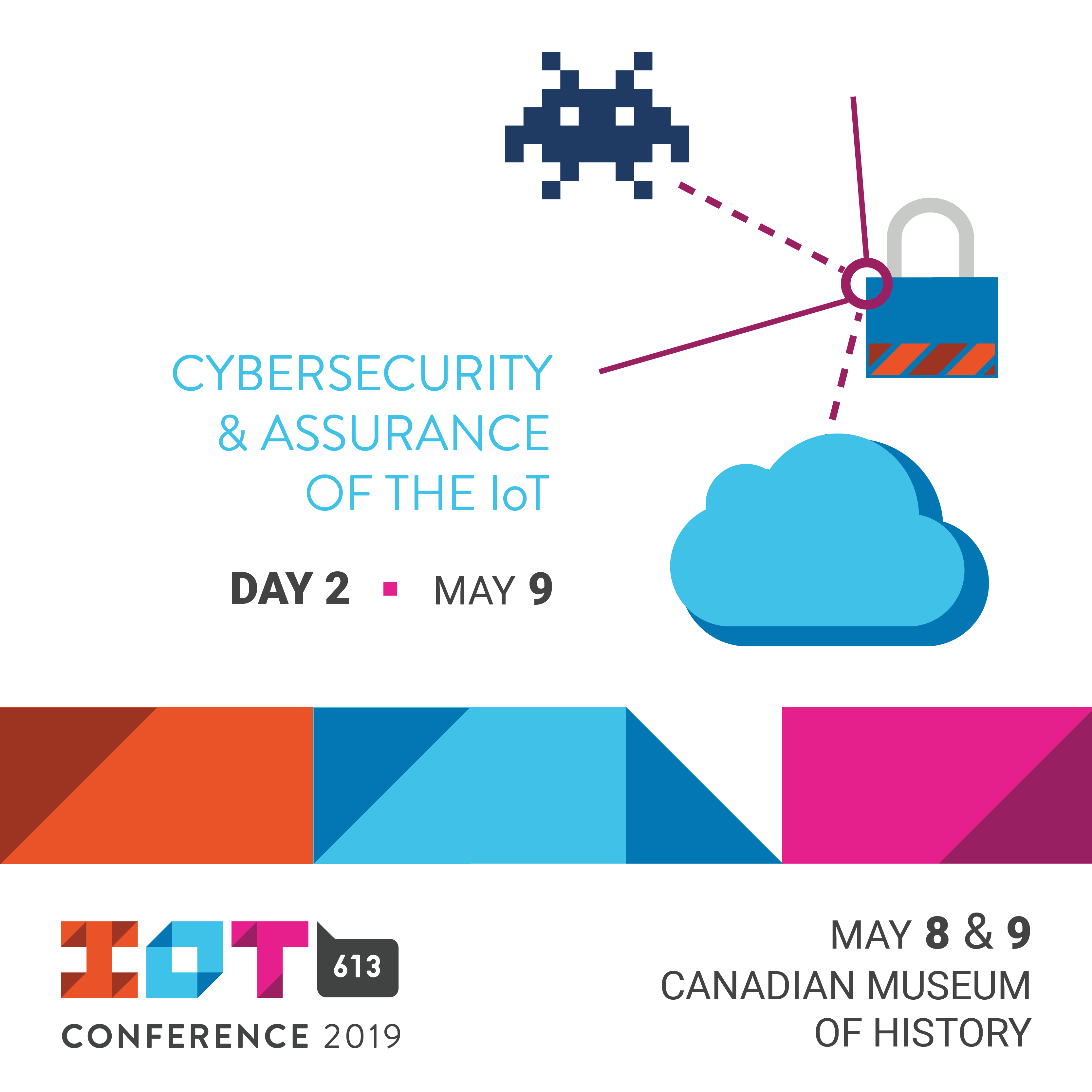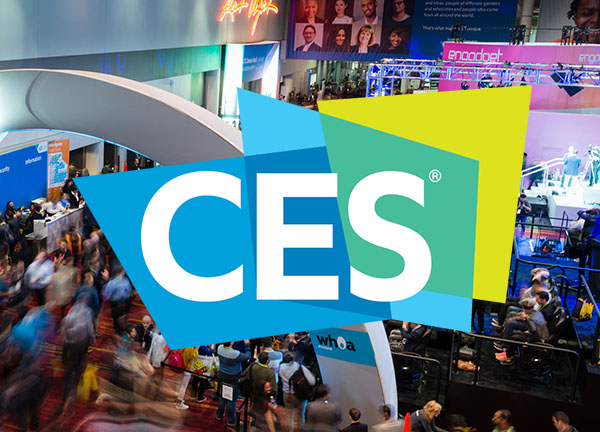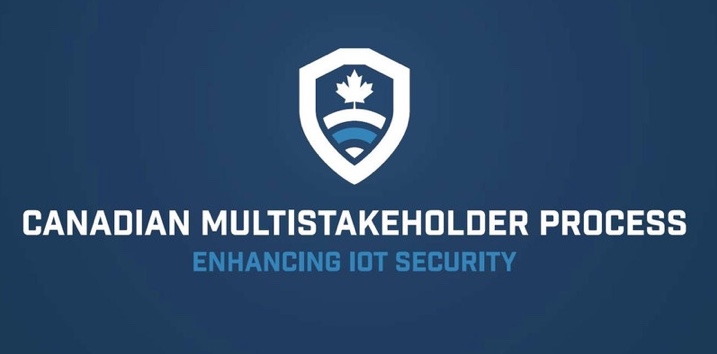What You Need to Know From ETSI Cyber Week – Cybersecurity Policies
Continuing on from our observations from Day 1, we noted several key points at the ETSI annual conference relating to cybersecurity policies.
Some future plans for standards and certifications under CSA include future candidate schemes in areas of IoT and IACS (industrial automation control system). As ENISA develops a candidate scheme for 5G network, several items need to be considered. One is the 5G context. This concerns what subset of 5G architecture, for the certification to be applied. Another is identifying scheme elements that support 5G evaluation and certification. Currently, we can expect a draft version of the NIS Directive v2 soon. Interestingly, the new directive introduces responsibilities for ENISA to be more involved in standardization. In response, ENISA developed its strategic objectives to maintain an inventory of standardization organizations and their activities and products. The goal is to then act as a cybersecurity reference point for the EU and participate in relevant standardization actives.
In the context of EU5G, the Network Equipment Security Assurance Scheme was submitted to ENISA for EU adoption. NESAS seeks to provide a security baseline for network equipment in the scope of mobile infrastructure. In particular, NESAS looks at if the equipment is developed to meet secure by design guidelines and does satisfy defined security requirements. Although NESAS is not a certification scheme, GSMA is currently looking at how certification components can be added.
We are also seeing some trends of transitioning from current schemes to CSA schemes. ANSSI is looking to provide EU-wide recognition for certified products and services. One example is ANSSI seeking to provide equivalent services of EUCS to the market. This may be achieved by leveraging consistency such as CSA levels, resistance tests, and applicable EU legislation.
A framework for European cybersecurity assessment (conformity) was proposed. The goal is to increase involvement and transparency to every member state, even those not offering certification or heavily involved in conformity assessment. The agreed new approach would then push for a horizontal regulation on cybersecurity (i.e. – it will capture all cybersecurity needs during vertical regulations to avoid fragmented conformant assessment across industries.
For SMEs, the SBS SME Compatibility Test for Standards was piloted. It provides an overall perception of SME compatibility of a given standard. As SMEs are essential parts of the supply chain, this may be a necessary starting point for improving standards.
Some updates on RED (Radio Equipment Directive) are the proposed applicable requirements. One interesting update is the essential requirements in article 3(3). Currently, Q3 2021 is the expected Commission adoption of a delegated act under Article 3(3)(d/e/f) of RED. This came from the Commission’s consideration of mandatory requirements to be proposed for market access of certain wireless products. For manufactures, this means they will need to demonstrate features to ensure protection of networks, privacy and data protection, and/or protection from frauds as conditions for market access.
The RED Article 3(3)(i) is the proposed next step after RED 3(3)(d/e/f). It concerns the software for the radio equipment. Currently, ETSI had developed a solution proposal on how to test for the new requirements and communicated it to the Commission.
The topic of cybersecurity policy presented challenges in standardizations. In which, we’d like to highlight that all schemes and legislation must provide some improvements to baseline security. Parallel schemes do not necessarily de-value, rather it is important that any parallel schemes will then allow manufactures to submit evidence transferred from 1 of the overlapping schemes to prove compliance.



